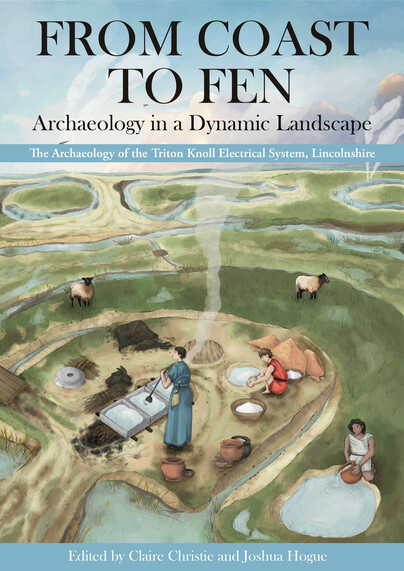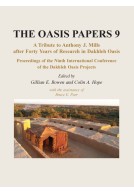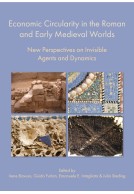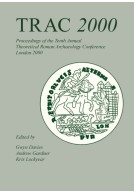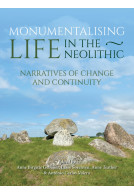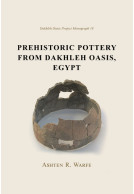From Coast to Fen: Archaeology in a Dynamic Landscape (Paperback)
The Archaeology of the Triton Knoll Electrical System, Lincolnshire
Imprint: Oxbow Books
Pages: 208
Illustrations: 100 b/w and colour illustrations
ISBN: 9798888571958
Published: 16th May 2025
Script Academic & Professional
Pages: 208
Illustrations: 100 b/w and colour illustrations
ISBN: 9798888571958
Published: 16th May 2025
Script Academic & Professional
You'll be £30.40 closer to your next £10.00 credit when you purchase From Coast to Fen: Archaeology in a Dynamic Landscape. What's this?
+£4.99 UK Delivery or free UK delivery if order is over £40
(click here for international delivery rates)
Order within the next 10 hours, 26 minutes to get your order processed the next working day!
Need a currency converter? Check XE.com for live rates
(click here for international delivery rates)
Order within the next 10 hours, 26 minutes to get your order processed the next working day!
Need a currency converter? Check XE.com for live rates
Excavation of over 15 sites located from Anderby Creek on the East Lincolnshire Coast to Bicker Fen in the Borough of Boston has revealed hints of prehistoric activity, evidence of Iron and Roman settlement and salt-making, and insights into post-medieval rural industry. The sites lie within a landscape that has witnessed significant and complex change with periods of marine transgression, regression and later reclamation. The impacts of this can be seen in the distribution of sites and the activities taking place. The excavations have provided the opportunity to explore the role of landscape in shaping human activity through time.
The excavations revealed limited evidence of prehistoric activity with the development of marshlands and intertidal mud flats during the Bronze Age. A timber structure was uncovered comprised of two parallel timbers supported by stakes. Dendrochronological analysis indicated timbers were felled during the middle Bronze Age. The structure provides evidence of early efforts to move and live in this constantly changing landscape. The Iron Age witnessed the beginning of enclosures and activities, such as salt production, which would expand in the Roman period.
Evidence of Roman settlement and salt-making was uncovered throughout the area with salt-making concentrated to the north, closer to the coastline. Four saltern sites were excavated with large deposits of briquetage and salt production features, such as tanks and kilns, providing evidence of all stages of salt production and the ceramic assemblages indicating contact with the wider Roman empire including samian and traded wares, from Argonne, Northern Gaul, and neighbouring counties seldom found on sites in Lincolnshire. The date of the salterns is a key discussion point with two sites potentially providing rare evidence of the continuation of activity into the late Roman period. Roman agricultural settlements, located on roddons further inland comprised large enclosures, boundaries and structures including an unusual moated structure potentially used for storage. Isotopic analysis of plant and animal remains from salt production and settlement sites has raised questions about grazing patterns and the relationships between agricultural and salt production. This comparison has also been made for the pottery assemblages allowing for the potential differences in activity and subsequent connectivity to be explored.
Evidence of medieval and post-medieval activity was also uncovered. Beginning in the early medieval (Saxon) period and continuing through until the modern era, the excavations provide important insights into the development of rural settlement against a backdrop of landscape and environmental changes as large portions of marsh and fen were reclaimed for agriculture. Evidence of clay extraction and brick manufacture was also uncovered dating from the 15th century and into the 17th–19th centuries, including indications of brick kilns.
Other titles in Oxbow Books...







